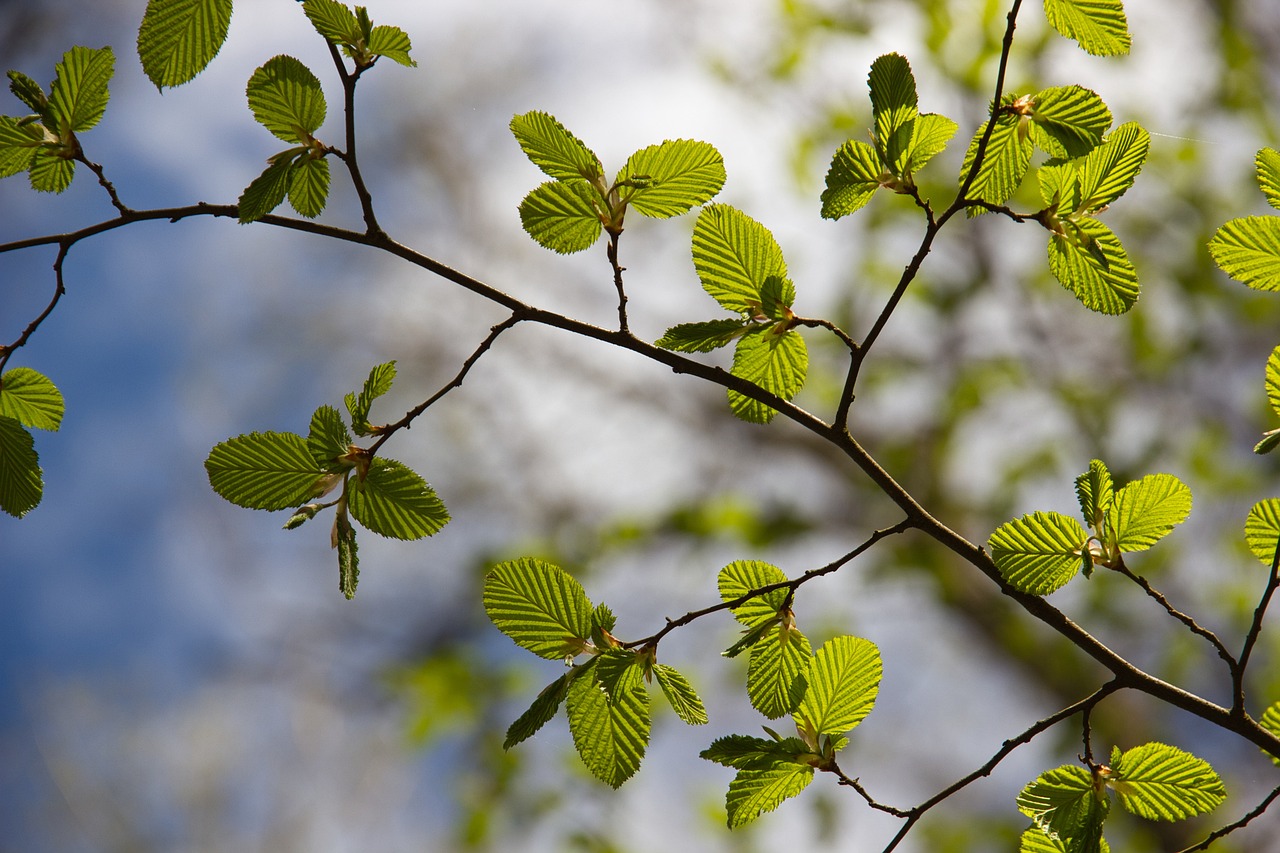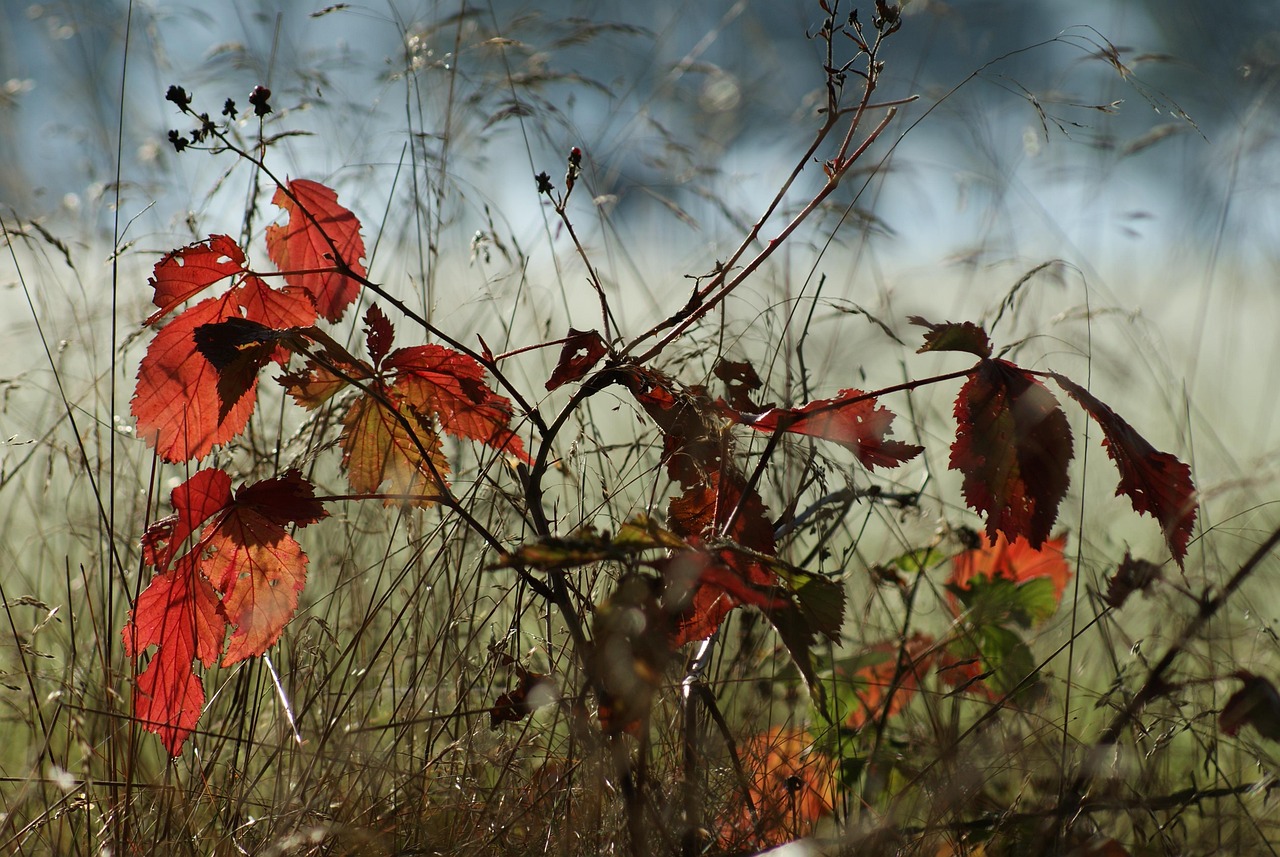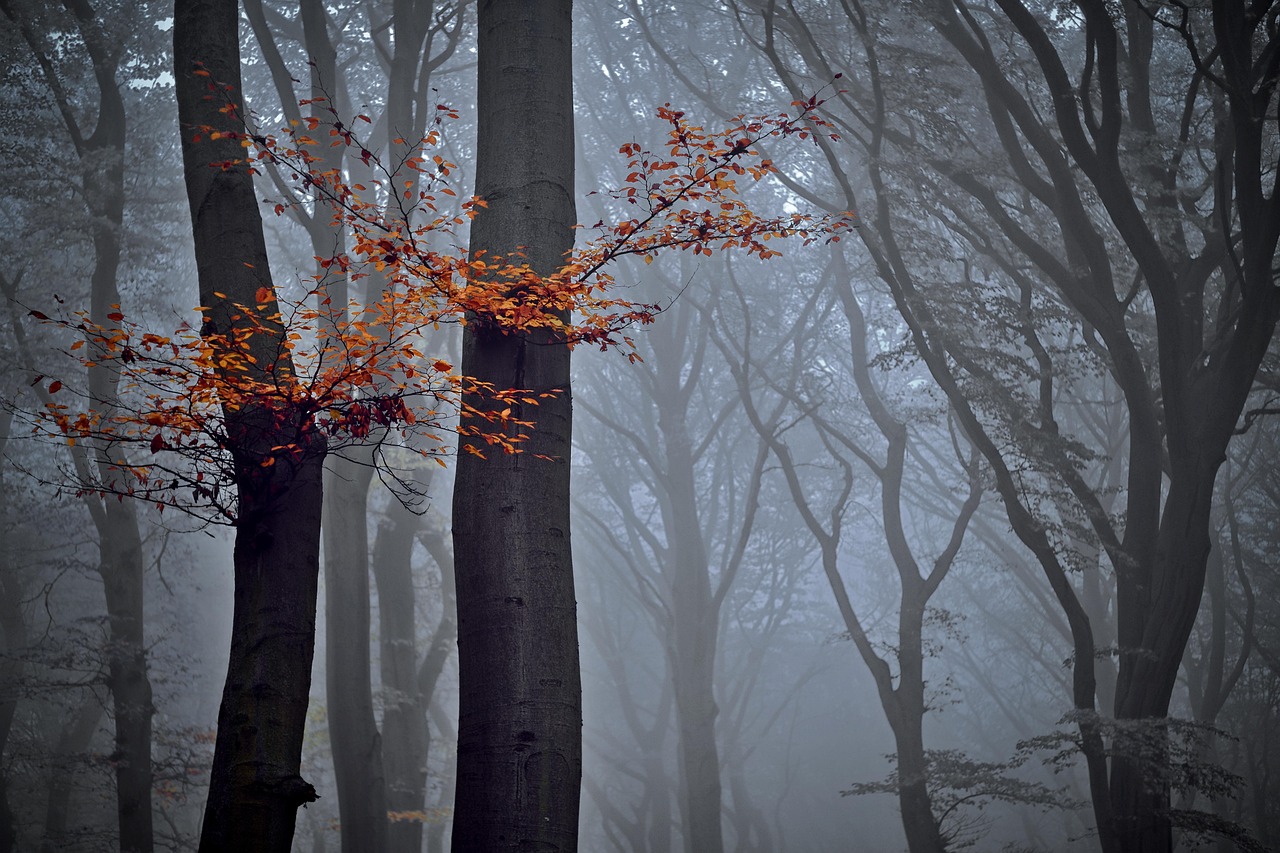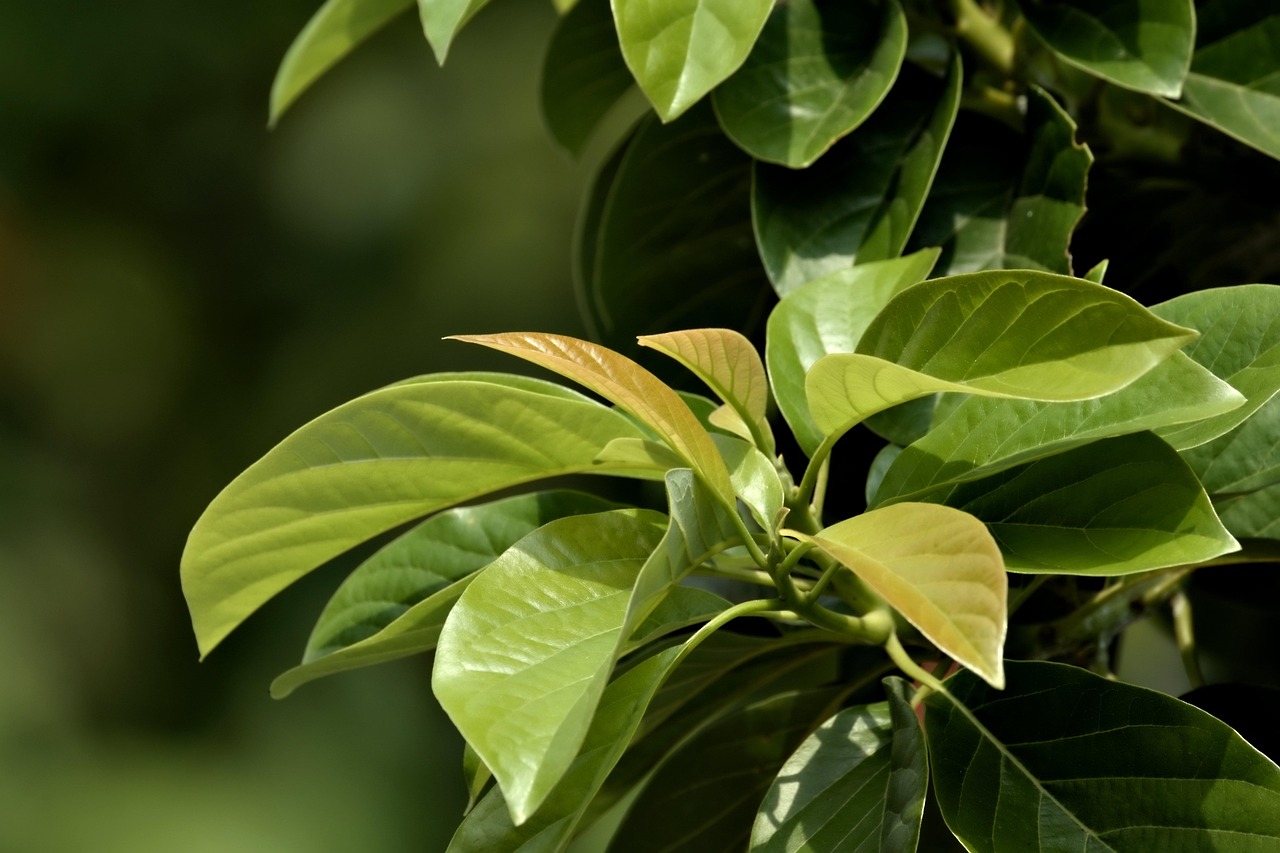Beech trees in the UK typically grow at a moderate rate, averaging around 30 to 60 centimeters (about 1 to 2 feet) annually during their early years. Growth may vary based on environmental conditions and soil quality.
Beech trees, scientifically known as Fagus sylvatica, are among the most significant deciduous trees found in the UK. They are celebrated for their stunning foliage, which turns golden yellow and copper in the autumn. Beech trees thrive in a variety of habitats, preferring well-drained soils and semi-shaded conditions. Their growth patterns are influenced by factors such as climate, soil type, and competition with other vegetation.

The growth rate of beech trees can be categorized into several stages. Young beech trees exhibit rapid growth during their initial years. As they mature, their growth rate stabilizes, and they start to develop a distinctive crown shape. Understanding these growth patterns is essential for forestry management, conservation efforts, and landscaping projects.
Factors Influencing Beech Tree Growth
Multiple factors contribute to the growth rate of beech trees in the UK. These include environmental conditions, soil quality, water availability, and tree competition. Below are some key factors that influence the growth patterns of beech trees:
- Climate: Beech trees prefer a temperate climate with sufficient rainfall. Extreme weather conditions, such as drought or frost, can negatively impact their growth.
- Soil Type: Well-drained soils rich in nutrients promote healthy growth. Beech trees thrive in loamy soils but can adapt to various soil types.
- Water Availability: Consistent moisture is crucial for young beech trees. Insufficient water can stunt growth and lead to stress.
- Competition: Proximity to other trees can influence growth rates. Beech trees compete for light and nutrients, which can slow their growth if overcrowded.
The growth rate of beech trees is not uniform across all environments. In optimal conditions, they can grow quickly, while in less favorable conditions, their growth may be significantly reduced. Various studies have documented these differences, highlighting the importance of local conditions in determining growth rates.

Typical Growth Rates of Beech Trees
The average growth rates of beech trees can vary considerably based on age and environmental factors. The following table summarizes typical growth rates across different age groups:
| Age Group | Average Annual Growth (cm) | Height Range (m) |
|---|---|---|
| 0-5 years | 30-60 cm | 1-3 m |
| 6-10 years | 50-70 cm | 3-6 m |
| 11-20 years | 30-50 cm | 6-12 m |
| 21+ years | 10-30 cm | 12-30 m |
This table illustrates how beech trees exhibit rapid growth during their early years. As they mature, the rate of growth slows down significantly. This decline is a natural part of the tree’s life cycle as it transitions into a more stable phase of development.
In addition to age, other factors such as genetic variations among individual trees can also contribute to differences in growth rates. Some beech trees may naturally grow faster than others due to their genetic makeup or specific adaptations to their environment.

Beech trees play an essential role in the UK’s ecosystem. They provide habitats for numerous species, contribute to biodiversity, and are significant for carbon sequestration. Understanding their growth patterns helps in managing forests sustainably and ensuring the health of these vital ecosystems.
Beech Tree Life Cycle
The life cycle of a beech tree is an intricate process that unfolds over many decades. Understanding this life cycle is crucial for managing beech populations effectively. The life stages encompass germination, juvenile growth, maturation, and eventual decline. Each stage has distinct characteristics and growth patterns.
Germination and Establishment
The journey of a beech tree begins with germination. Beech seeds, often referred to as beechnuts, typically fall in the autumn and require a period of cold stratification before they can germinate in the spring. The following factors are vital during this initial stage:

- Soil Conditions: Well-drained soils rich in organic matter are essential for seedling establishment.
- Moisture: Adequate moisture is crucial for seedling survival, especially during dry spells.
- Light Availability: Young seedlings thrive in partial shade, which helps protect them from harsh sunlight.
During the germination stage, beech trees may grow slowly. However, successful establishment can lead to rapid growth in subsequent years.
Juvenile Growth Phase
Once established, beech trees enter their juvenile growth phase. This stage is characterized by vigorous growth and an increase in height. Young trees can grow between 30 to 60 centimeters annually under ideal conditions. Key aspects of this phase include:
- Crown Development: Young beech trees develop a broad crown that maximizes light capture, aiding further growth.
- Root Expansion: A strong root system establishes itself, allowing the tree to access nutrients and moisture more efficiently.
- Competition with Other Species: Young trees must compete with grasses and other plants for light and nutrients.
This phase typically lasts until the tree reaches about 10 to 15 years of age, at which point it transitions into maturity. During this time, proper care can significantly enhance growth rates.
Mature Beech Trees
Mature beech trees exhibit different growth patterns compared to their younger counterparts. The height growth slows down significantly, but the tree continues to expand in girth. As they mature, beech trees can reach heights of up to 30 meters and develop a trunk diameter of over 1 meter. This section discusses the characteristics of mature beech trees.
Growth Characteristics
- Height Growth: As mentioned earlier, the height growth rate declines to about 10 to 30 centimeters annually.
- Bark Texture: The bark of mature beech trees becomes smooth and silver-gray, giving them a distinctive appearance.
- Crown Shape: Mature trees develop a rounded crown, which becomes more pronounced with age.
Mature beech trees play a significant role in their ecosystem. They are known for their longevity, often living for over 200 years under favorable conditions. Their expansive canopies provide habitats for various wildlife species and contribute to nutrient cycling within forest ecosystems.
Reproductive Phase
Mature beech trees enter their reproductive phase as they reach about 30 to 40 years of age. This phase is characterized by the production of flowers and seeds. The following points highlight the reproductive process:
- Flowering: Beech trees produce small flowers in spring, which are wind-pollinated. Both male and female flowers appear on the same tree.
- Seed Production: Beech nuts are produced in clusters and mature by autumn. A healthy beech tree can produce several thousand seeds during a good year.
- Seed Dispersal: Once mature, seeds fall to the ground and can be dispersed by animals or gravity.
The reproductive success of beech trees is influenced by environmental factors such as temperature and moisture availability during flowering and seed maturation periods.
Decline and Longevity
As beech trees age, they may enter a decline phase characterized by reduced growth rates and increased susceptibility to diseases and pests. Factors contributing to this decline include:
- Environmental Stress: Changes in climate or soil conditions can weaken older trees.
- Pest Infestations: Mature trees may be more vulnerable to pests like the beech bark beetle.
- Disease: Fungal infections can impact the health of older trees, leading to decay.
Despite these challenges, healthy mature beech trees can live for centuries. Their longevity contributes significantly to forest biodiversity and ecological stability.
Beech Tree Habitat and Distribution
Beech trees are native to Europe and thrive in various habitats across the UK. Understanding their preferred environments can help in conservation and management efforts. This section explores the typical habitats where beech trees flourish, as well as their distribution across the UK.
Preferred Habitats
Beech trees prefer specific habitat conditions to grow optimally. The following factors characterize their ideal environments:
- Soil Type: Beech trees thrive in well-drained, fertile loamy soils. They prefer slightly acidic to neutral pH levels.
- Moisture Levels: While they require moisture, beech trees do not tolerate waterlogged soils. They need consistent, but not excessive, moisture.
- Light Conditions: Beech trees prefer partially shaded areas, especially during their early growth stages. As they mature, they can withstand full sunlight.
These conditions are typically found in mixed woodlands, which provide the necessary shade and nutrient-rich soil for young beech trees to establish themselves. Additionally, beech trees often grow alongside other tree species, which can create a diverse ecosystem.
Distribution Across the UK
Beech trees are widely distributed throughout the UK, although their prevalence varies by region. The following highlights their distribution:
- England: Beech trees are most commonly found in southern and central England, particularly in the Chilterns, the South Downs, and various woodlands in Kent and Sussex.
- Wales: In Wales, beech trees are less common but can be found in some areas of the southern coast and in mixed woodlands.
- Scotland: Beech trees are mainly located in the southern parts of Scotland, with significant populations in the Borders and around Edinburgh.
- Northern Ireland: Beech is present but less abundant compared to other hardwood species.
The distribution of beech trees is influenced by historical land use and forestry practices. Many beech forests were planted for timber production over centuries, which has impacted their current locations.
Growth Patterns in Different Environments
The growth rates and patterns of beech trees can vary significantly based on their environmental conditions. This section examines how different habitats affect the growth of beech trees in the UK.
Growth in Woodlands
In mixed woodlands, beech trees often experience competition from other tree species for light and nutrients. As a result, their growth patterns may differ:
- Height Growth: In crowded environments, height growth may slow as trees compete for sunlight. However, the competition can also encourage stronger root systems.
- Crown Development: In dense forests, beech trees develop taller trunks with narrower crowns to reach for available light.
Growth in Open Areas
When beech trees grow in open areas or less crowded spaces, they often exhibit different growth characteristics:
- Rapid Height Growth: In open conditions, beech trees can grow taller and faster due to less competition for light.
- Full Crown Expansion: With ample sunlight, the crown spreads more widely, allowing for greater photosynthesis and overall health.
The differences in growth patterns are essential for understanding how to manage these trees effectively in various landscapes.
Impact of Climate on Growth Rates
Climate plays a crucial role in determining the growth rates of beech trees. Factors such as temperature, precipitation, and seasonal changes significantly influence their development. This section discusses how climate affects beech tree growth across the UK.
Temperature Effects
The average temperature during the growing season is essential for beech tree health. Optimal temperatures for growth typically range between 15°C to 25°C (59°F to 77°F). When temperatures deviate from this range, growth rates can be affected:
- Cool Temperatures: Prolonged cold spells can delay bud break and flowering, negatively impacting seed production.
- High Temperatures: Excessive heat can lead to increased transpiration rates and stress on water availability, hindering growth.
Precipitation Patterns
Adequate rainfall is vital for the development of beech trees. Changes in precipitation patterns due to climate change can significantly impact their growth:
- Drought Conditions: Insufficient rainfall can stunt growth and increase susceptibility to pests and diseases.
- Heavy Rainfall: While moisture is essential, excessive rain can lead to waterlogged soils, compromising root health and growth rates.
The interplay between temperature and precipitation creates a delicate balance that affects the overall health and growth of beech trees throughout the UK.
Management and Conservation of Beech Trees
Given the ecological importance of beech trees, effective management and conservation practices are crucial for maintaining healthy populations. As environmental changes continue to impact growth rates and overall health, proactive strategies can help sustain beech tree ecosystems in the UK.
Sustainable Forestry Practices
Sustainable forestry practices play a significant role in the management of beech trees. These methods aim to balance ecological health with economic viability. Key practices include:
- Selective Logging: This technique involves harvesting only certain trees while preserving the surrounding ecosystem. It allows for natural regeneration and maintains forest biodiversity.
- Controlled Burning: In some contexts, controlled burns can help manage undergrowth and reduce competition, allowing beech trees to thrive.
- Restoration Projects: Reforestation efforts can reintroduce beech trees to areas where they have declined, promoting genetic diversity and resilience against disease.
Monitoring and Research
Continuous monitoring and research are essential to understanding the health of beech tree populations. Researchers study various factors, such as:
- Growth Patterns: Long-term studies on growth rates can reveal how environmental changes affect beech trees over time.
- Pest and Disease Impact: Assessing how pests and diseases influence beech tree health helps inform management strategies.
- Climate Change Effects: Ongoing research into climate impacts supports adaptive management practices that ensure the survival of beech tree populations.
Community Engagement
Engaging local communities in conservation efforts is vital for the protection of beech trees. Educational programs can raise awareness about the ecological significance of these trees and promote community involvement in conservation activities. Initiatives may include:
- Volunteer Planting Days: Organizing events where community members can plant beech trees helps foster a connection to local ecosystems.
- Workshops and Seminars: Providing information on sustainable forestry practices encourages informed decision-making among landowners and local stakeholders.
- Citizen Science Projects: Involving the public in data collection for monitoring beech tree health can enhance research efforts and foster community stewardship.
Final Thoughts
The growth rate of beech trees in the UK is influenced by a variety of factors, including age, habitat conditions, climate, and competition with other species. Understanding these dynamics is essential for sustaining healthy populations of this vital species. Beech trees contribute significantly to biodiversity, carbon sequestration, and overall ecological health.
As climate change continues to alter environmental conditions, proactive management strategies will become increasingly important. Sustainable forestry practices, ongoing research, and community engagement are critical components for ensuring beech trees can thrive in future landscapes.
In summary, beech trees represent not only a beautiful aspect of the UK’s natural heritage but also an essential part of its ecological fabric. By recognizing their growth patterns and implementing effective conservation strategies, we can safeguard their future for generations to come.
